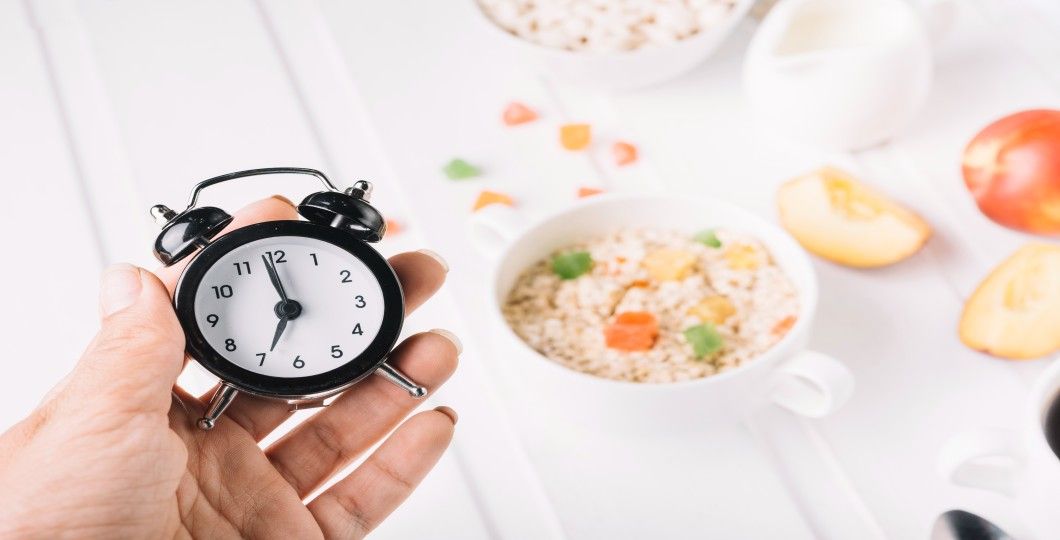Diabetes Management
Why is Frequent Urination a Sign of Diabetes Insipidus?
2 min read
By Apollo 24|7, Published on - 18 December 2023, Updated on - 22 February 2024
Share this article
0
0 like

Frequent urination, known as polyuria, is a symptom of diabetes insipidus (DI), a rare disorder affecting the kidneys' ability to regulate water balance. Unlike diabetes mellitus, which involves issues with insulin and blood glucose regulation, diabetes insipidus is centered on the antidiuretic hormone (ADH), also known as vasopressin. Understanding the connection between frequent urination and diabetes insipidus requires delving into the intricate mechanisms of water balance in the body.
Understanding the Mechanism
In a healthy individual, the kidneys play a crucial role in maintaining water balance. The production and release of ADH by the hypothalamus and its subsequent action on the kidneys are vital components of this process. ADH instructs the kidneys to reabsorb water, concentrating urine and preventing excessive fluid loss from the body.
However, in individuals with diabetes insipidus, there is a deficiency or lack of response to ADH. This deficiency can be caused by damage to the hypothalamus or pituitary gland, where ADH is produced and released. Alternatively, the kidneys may not respond adequately to the hormone. As a result, the normal regulatory mechanism breaks down, leading to an inability to concentrate urine effectively.
Frequent urination in diabetes insipidus is a consequence of the kidneys being unable to retain water properly. Without the guidance of sufficient ADH, the kidneys continue to filter and excrete large volumes of dilute urine. This constant flushing of fluid from the body results in increased thirst, as the body attempts to compensate for the loss of water.
The cycle of polyuria and increased thirst creates a challenging situation for individuals with diabetes insipidus. They may find themselves drinking large quantities of water, yet still experiencing dehydration due to the inability of the kidneys to retain sufficient fluids. This imbalance can lead to electrolyte disturbances and, if left untreated, can have serious consequences on overall health.
Diagnosing Diabetes Insipidus
Diagnosing diabetes insipidus involves a series of tests, including a water deprivation test and measurement of urine and blood osmolality. Treatment typically includes replacing the deficient ADH with medications like desmopressin and addressing any underlying causes such as tumors or trauma affecting the hypothalamus or pituitary gland.
Conclusion
In conclusion, frequent urination in diabetes insipidus is intricately linked to the disruption of the body's water balance due to a deficiency in or resistance to antidiuretic hormone. Recognizing the symptoms and seeking prompt medical attention is crucial for an accurate diagnosis and effective management of this rare but impactful condition.
Diabetes Management
Consult Top Diabetologists
View AllLeave Comment
Recommended for you

Diabetes Management
Understanding Gestational Diabetes: Indications and the Importance of Screening
Gestational diabetes is a rising health concern in India, particularly among urban dwellers. Early detection through timely screening is key to managing this condition and reducing potential complications for both mother and baby. With the right approach—combining lifestyle modifications, regular doctor consultations, and health-tech solutions—we can minimise the impact of gestational diabetes for healthier pregnancies and outcomes.

Diabetes Management
Fasting with Diabetes: A Guide to Treading the Path Safely
Intermittent fasting may improve your weight and blood sugar levels if you have type 2 diabetes. Still, to ensure it is safely adapted, it's crucial to consult a doctor or expert before making any changes to your eating habits and to address potential risks, such as dehydration and hypoglycemia, especially if you are taking medication.

Diabetes Management
5 Healthy Snacks for Diabetics During Navratri
Navratri has begun, and individuals with diabetes can easily relish the festive snacks with healthier adaptations. Baked gujiya with whole wheat and coconut-jaggery stuffing, healthy pakoras with vegetable swaps and olive oil, low-calorie thandai using sugar substitutes and nuts, Khandvi made from gram flour and yogurt, and kheer prepared with brown rice, jaggery, and plenty of dry fruits offer tasty options for diabetics. Enjoying the festival while managing blood glucose levels is possible with these diabetic-friendly delights.
Subscribe
Sign up for our free Health Library Daily Newsletter
Get doctor-approved health tips, news, and more.
Visual Stories

8 Fruits That are Incredibly Healthy for Diabetes
Tap to continue exploring
Recommended for you

Diabetes Management
Understanding Gestational Diabetes: Indications and the Importance of Screening
Gestational diabetes is a rising health concern in India, particularly among urban dwellers. Early detection through timely screening is key to managing this condition and reducing potential complications for both mother and baby. With the right approach—combining lifestyle modifications, regular doctor consultations, and health-tech solutions—we can minimise the impact of gestational diabetes for healthier pregnancies and outcomes.

Diabetes Management
Fasting with Diabetes: A Guide to Treading the Path Safely
Intermittent fasting may improve your weight and blood sugar levels if you have type 2 diabetes. Still, to ensure it is safely adapted, it's crucial to consult a doctor or expert before making any changes to your eating habits and to address potential risks, such as dehydration and hypoglycemia, especially if you are taking medication.

Diabetes Management
5 Healthy Snacks for Diabetics During Navratri
Navratri has begun, and individuals with diabetes can easily relish the festive snacks with healthier adaptations. Baked gujiya with whole wheat and coconut-jaggery stuffing, healthy pakoras with vegetable swaps and olive oil, low-calorie thandai using sugar substitutes and nuts, Khandvi made from gram flour and yogurt, and kheer prepared with brown rice, jaggery, and plenty of dry fruits offer tasty options for diabetics. Enjoying the festival while managing blood glucose levels is possible with these diabetic-friendly delights.

